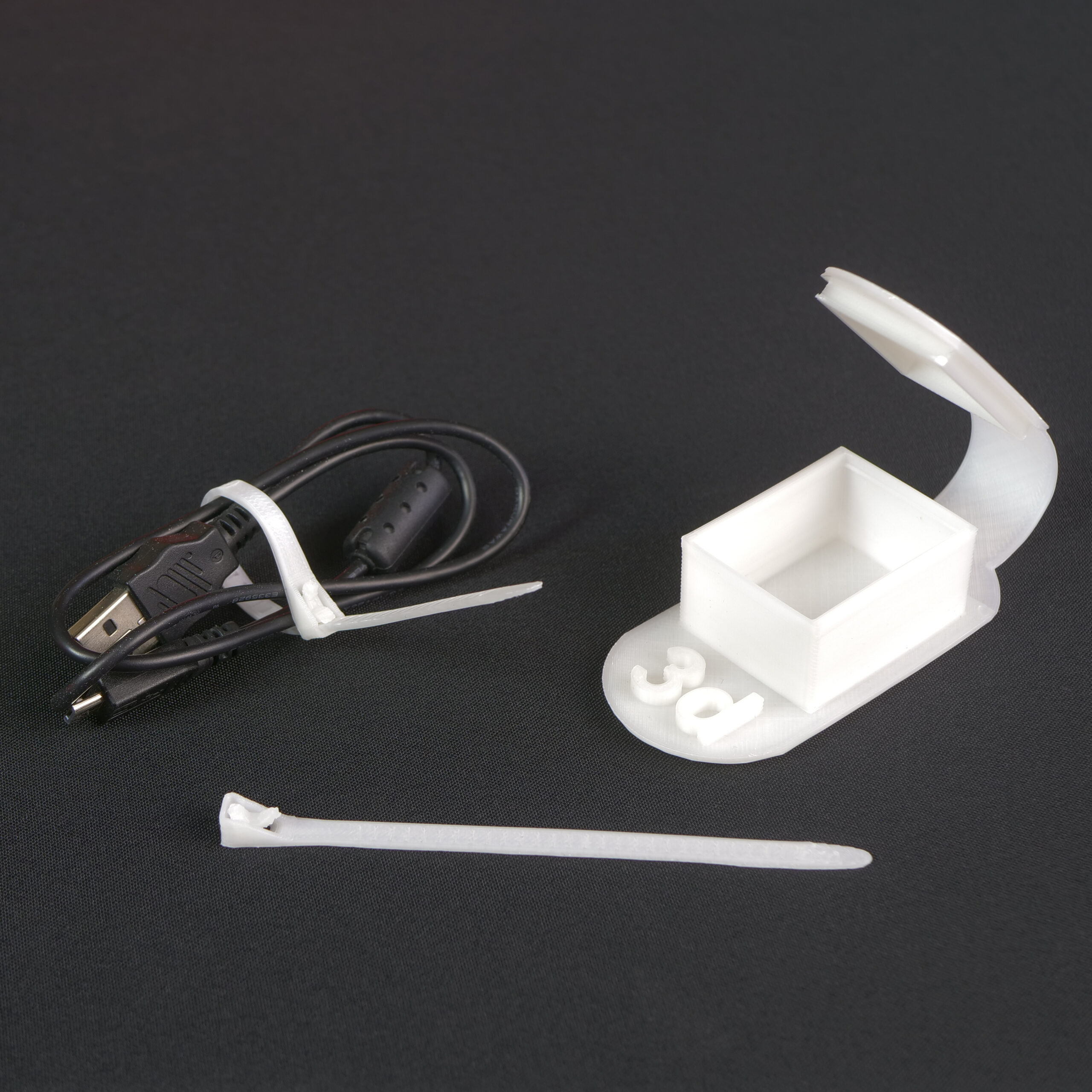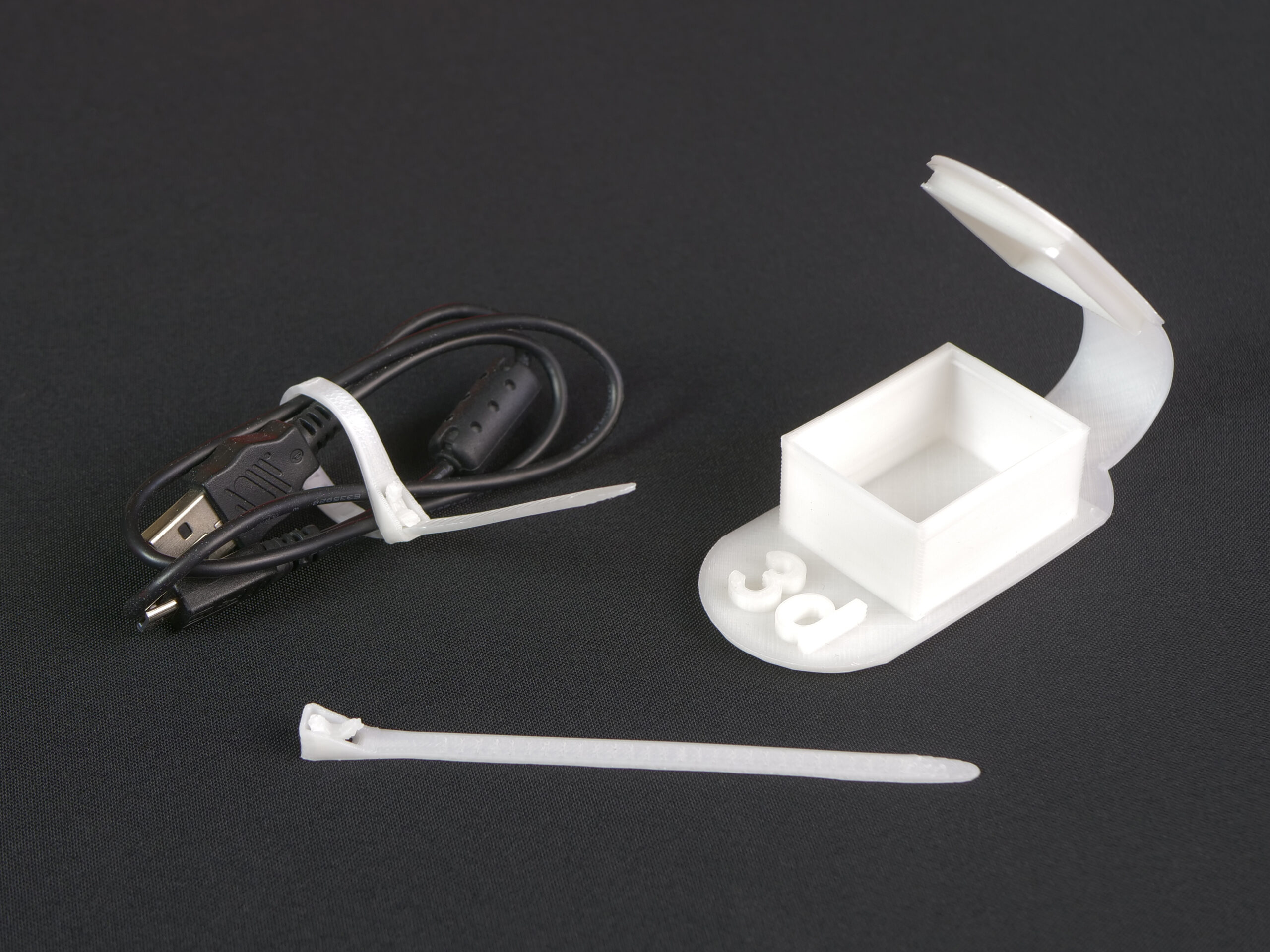
Basic info
Description
In 3D printing, PP (Polypropylene) is mostly used for making various prototypes and specialized equipment requiring extra chemical and heat resistance, such as lab equipment, engine fluid canisters, etc. This material is also lightweight, which makes it suitable for various RC model components. Pure PP is also bendable and translucent in thin layers.
The main disadvantage is its high warping and very poor print surface adhesion. Manufacturers usually solve the warping issue by adding carbon or glass fibers inside the compound: Prusament PP Carbon Fiber Black is a nice example.
To compare supported material properties, see our material table.
|
Pros |
Cons |
|---|---|
|
✔ Lightweight material |
✖ Poor surface adhesion when printed on PEI surface |
|
✔ High chemical resistance |
✖ High warping, especially with large models |
|
✔ High tenacity |
✖ High price |
Best use
PP is mostly used for making models that require extra chemical and high-temperature resistance.
Tips for successful printing
Surface preparation
The best way to achieve perfect surface adhesion is to use the Original Prusa PP Sheet. Otherwise, the material might not stick enough.
However, if you don't want to use the PP sheet, here are a few tips. Manufacturers usually recommend the following surface preparations: PP foil (PP tape), glass/mirror with Magigoo PP. We recommend using a smooth PEI sheet with PP tape and setting a higher temperature for better layer adhesion (but relatively lower for the first layer). Printing PP on the powder-coated satin sheet is also possible but be aware that it might adhere less than on the smooth PEI sheet with PP tape.
Temperature
Temperatures may vary depending on the particular filament brand, ranging between 220-270 °C for the nozzle and 80-105 °C for the heated bed. PP is highly prone to warping; consider printing in an enclosure.
Brim
To reduce warping, we suggest using a Brim function. Set the brim in PrusaSlicer to 5-10 mm, depending on the model size.
You can purchase the Original Prusa Enclosure in our e-shop.
It is also possible to make your own enclosure.
Sample prints
 | |
| Bendable objects |
2 comments